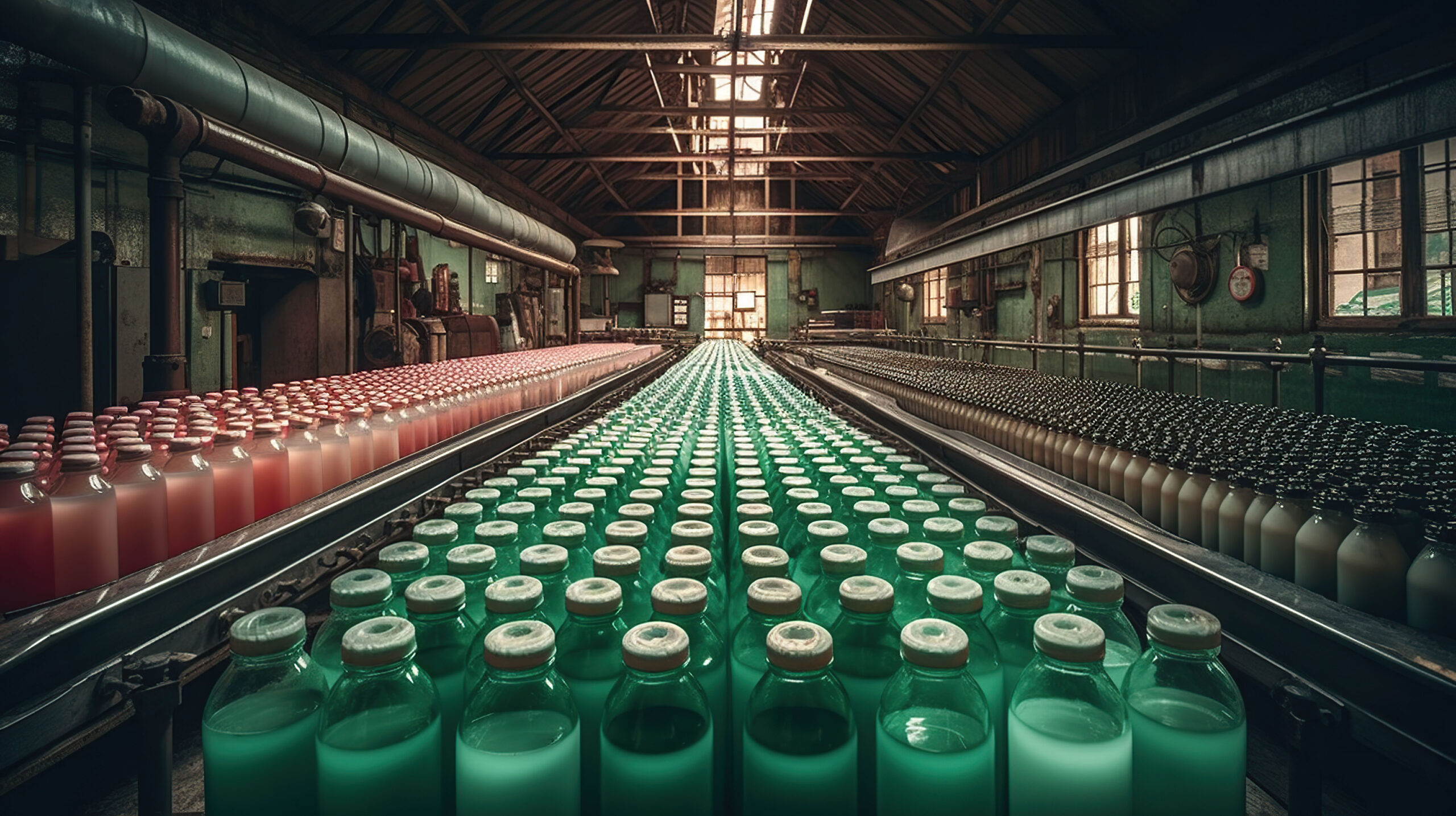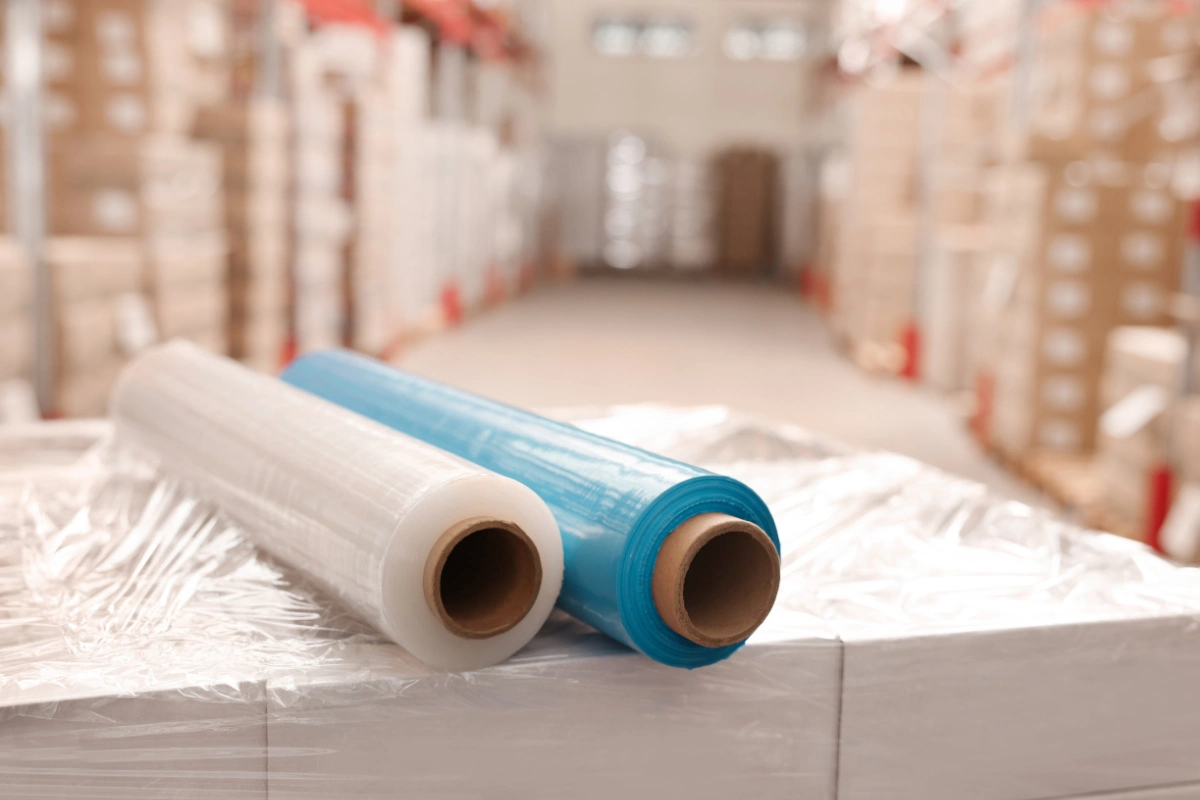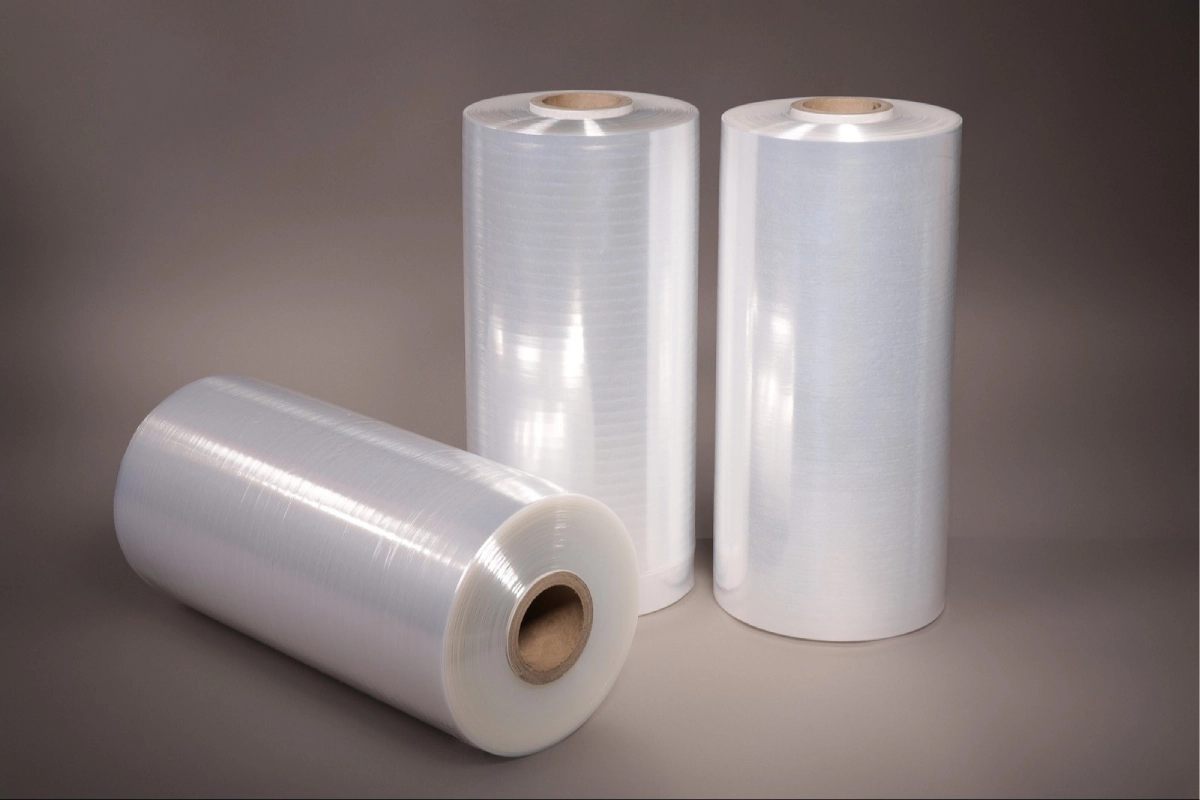Plastic has become one of the most widely used materials globally due to unique properties such as lightweight, flexibility, corrosion resistance, and affordability. However, its widespread use also brings environmental and health challenges. Here’s a closer look at the pros and cons of buying plastic:
Advantages of Buying Plastic
Lightweight and Easy to Transport: Plastics are very light, making them easier to transport than materials like glass or metal.
High Durability: Plastics are resistant to impact, corrosion, and many chemicals.
Flexibility: Plastics can be molded into various shapes, allowing for a wide range of products.
Affordability: Generally, plastic products are cheaper to produce compared to alternatives.
Thermal and Electrical Insulation: Plastics are good insulators and are widely used in both industrial and household applications.
Recyclability: Many plastics are recyclable and can be used to create new products.
Disadvantages of Buying Plastic
Environmental Pollution: One of the biggest issues with plastics is pollution. They don’t decompose and remain in nature for centuries, creating serious problems for wildlife and ecosystems.
Health Risks: Certain types of plastics contain harmful chemicals that may leach into food or drinks, posing health risks to humans.
High Energy Consumption: Producing plastic requires significant energy, contributing to greenhouse gas emissions.
Disposal Challenges: Proper disposal of plastic waste is essential; otherwise, it can harm the environment.
Excessive Durability: Plastics’ high durability means they don’t break down easily in nature, becoming a long-term environmental problem.
Solutions to Reduce the Negative Impacts of Plastic
Reduce Single-Use Plastic Consumption: Opt for recyclable or compostable containers instead of single-use plastics.
Recycle Plastic: Separate and recycle used plastics to reduce waste.
Use Plastic Alternatives: Choose natural and renewable materials like paper, wood, and metal as substitutes.
Public Awareness: Raise public awareness about the harm of excessive plastic use.
Develop New Technologies: Invest in technologies to produce biodegradable plastics and make recycling easier.
Conclusion
Plastic is an incredibly useful material, but overuse can have serious consequences for the environment and human health. By understanding the advantages and disadvantages of plastic and adopting suitable solutions, we can use this material sustainably and responsibly.



